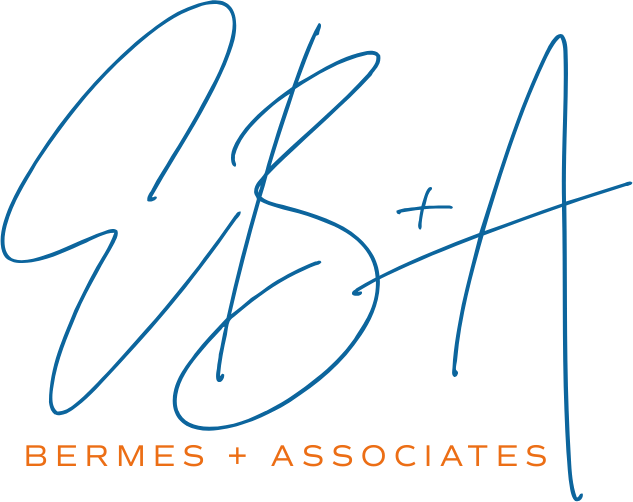What is 360 Feedback?
Leaders can’t improve if they don’t understand what that means – if they don’t know where they’re weak, where they’re strong, and where they’re just blind.
Consequently, the first step toward improving role performance is often assessing it – which makes 360 leadership assessments one of the most helpful tools in the executive-improvement playbook.
That’s especially important for executives, on whom accurate feedback can be tough to get – both because they have fewer peers, and because direct reports are almost always hesitant to offer truthful criticism and managers do not always have complete line of sight on their behavior.
So, what is 360-degree feedback – and how does it work? Here’s a brief overview, presented in the form of commonly-asked questions around the 360-degree feedback process, to help clarify this method of executive assessment.
What is the purpose of 360-degree feedback?
The purpose of 360-degree feedback is to assess a leaders’ impact on an organization. Impact is measured both on technical expertise and function as well as how they manage relationships with others. 360-feedback is intended for developmental purposes only, not as a performance review.
How is 360-degree feedback gathered?
360-feedback is gathered through a series of interviews with those who regularly interface with the executive. This data is then compiled into a report that provides a summary of the relative strengths as well as specific development recommendations.
How is the validity of 360-degree feedback ensured?
Significant data is shared with the participant while carefully preserving the individual confidential-ity of the respondents. Only feedback corroborated by at least three respondents is included. One-off remarks, or examples specific to one respondent are not included.
Who gives 360-degree feedback?
To get the most from a 360, it is important to select respondents who will provide candid feed-back. Respondents should be balanced between individuals that have a strong working relationship with the participant as well as those with whom the participant may have a more difficult time working.
Ideally, participants should include:
• The subject’s boss(es)
• Three peers
• Three direct reports (if possible)
• Four internal/ external customers
For senior executives, board-level participation may also be appropriate. 360 participants should request a boss or HR representative approval on the list of respondents to ensure the list appears balanced and appropriate.
How long does the 360-degree feedback process take?
The speed of the 360 process depends predominantly on the response time of the respondents, but four to six weeks is typical.
Do You Need Actionable, Accurate Feedback?
The answer is yes. For executives to thrive in-role, they need to accurately understand their performance. Without actionable, accurate feedback, growth stagnates, blind spots go unchecked, and results decay.
Feedback is the impetus toward improvement.
Give your executives the clear vision they need to succeed. If you’re ready to improve, let’s talk. Executive coaching can help.
We’ve been assessing leaders for nearly twenty years and have a deep and wide-ranging database of tools to draw from. Interview-based 360s are one of the tools we use to help executives fully understand their impact, limits, and better yet, how to move beyond them.
Executive assessments are necessary. Painful? Sometimes. Helpful? Absolutely.
Get in touch with us today to discuss how 360-degree feedback can help you.


